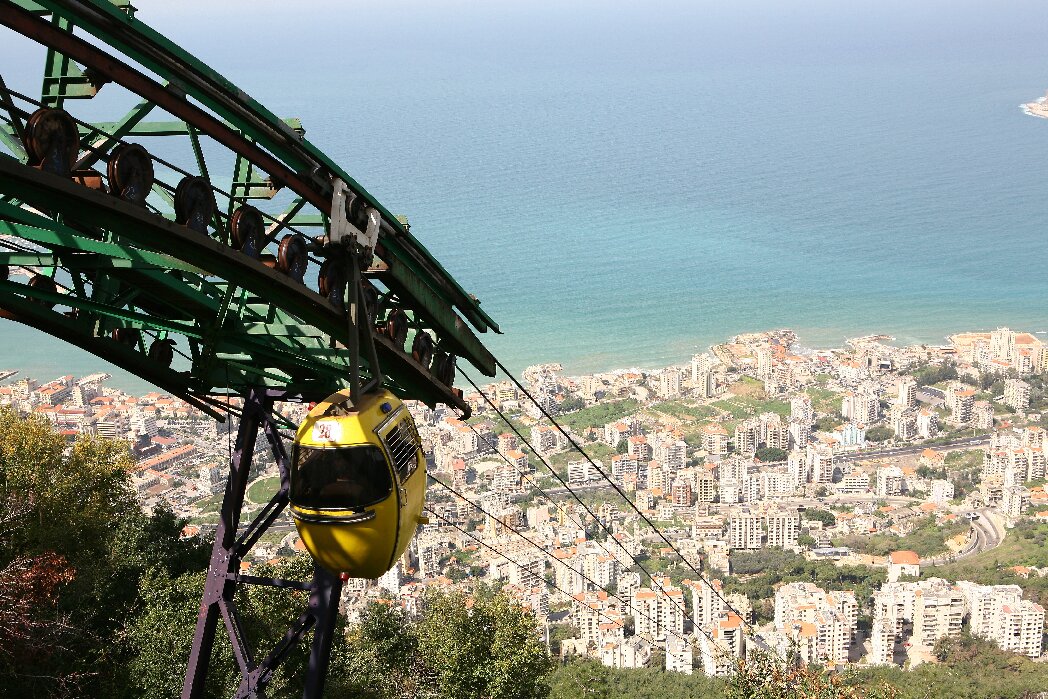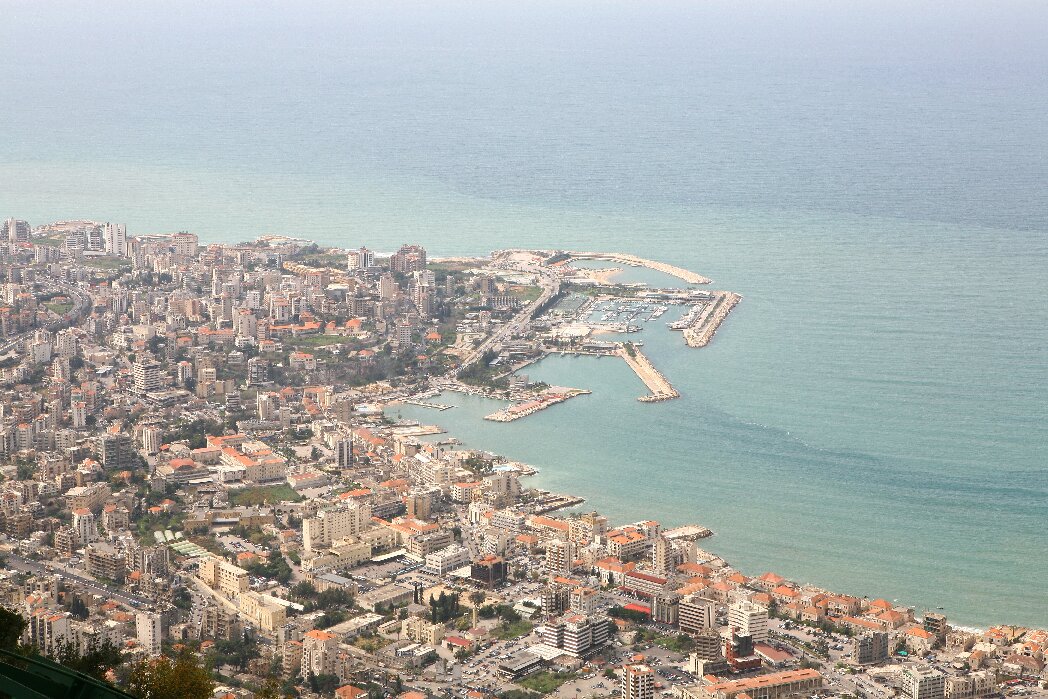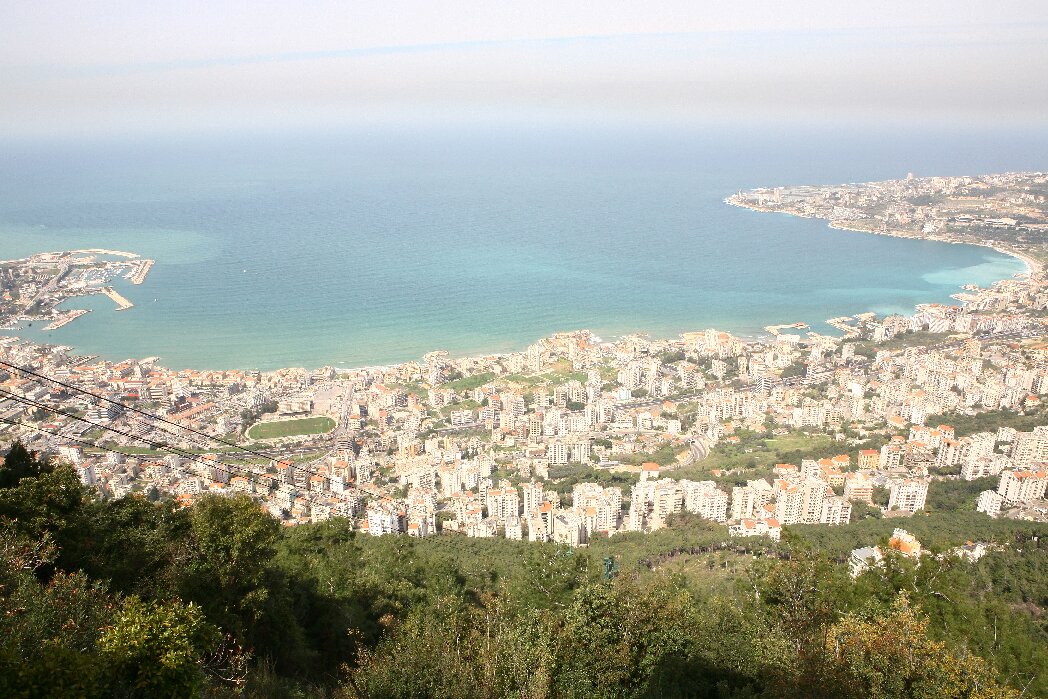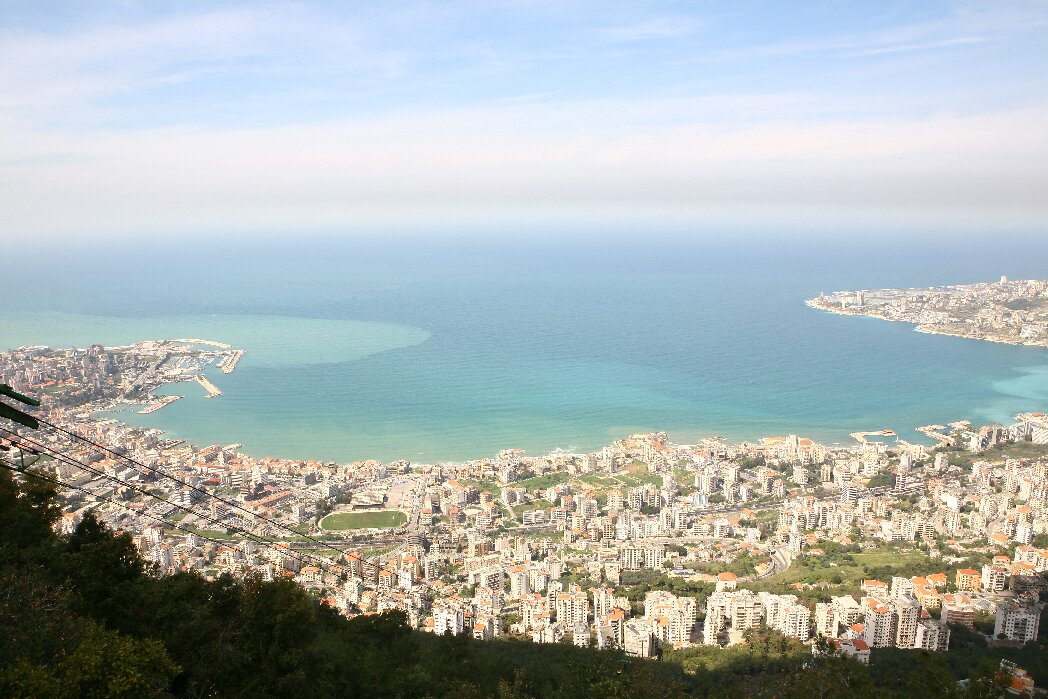With a history spanning more than 50 years, Jounieh’s Teleferique continues its journey up and down the Harissa heights – remaining an important Lebanese landmark. We meet Joe Boulos, whose family was responsible for its heritage.
 “The joke going around at the time was that Boulos is crazy. There’s a guy who wants to create an aerial train over the mountain,” says Joe Boulos as he recounts when his late father Fouad proposed the idea of a teleferique to Fouad Chehab, the Lebanese President at the time. “The President could not understand what it was, and in fact there was no one in the Middle East who could. The closest description my father could give was of a train in the air.”
“The joke going around at the time was that Boulos is crazy. There’s a guy who wants to create an aerial train over the mountain,” says Joe Boulos as he recounts when his late father Fouad proposed the idea of a teleferique to Fouad Chehab, the Lebanese President at the time. “The President could not understand what it was, and in fact there was no one in the Middle East who could. The closest description my father could give was of a train in the air.”
Joe Boulos was eight years old when he took one of its first rides. He now presides over what is one of the country’s most cherished icons, as chairman of the board of directors of the Teleferique company.
 Founded by the Boulos family, the ambitious teleferique project was the result of a dream to make the Lebanese pilgrimage site more accessible. Standing on the peak of Harissa, the white statue of Virgin Mary, known as Our Lady of Lebanon, remains one of Lebanon’s most visited tourist sites. “My father was inspired by postcards he had seen from Switzerland and the Alps,” Joe says. “It took a couple of years to construct and opened to the public in 1965. It’s since become a landmark for many in the Middle East.”
Founded by the Boulos family, the ambitious teleferique project was the result of a dream to make the Lebanese pilgrimage site more accessible. Standing on the peak of Harissa, the white statue of Virgin Mary, known as Our Lady of Lebanon, remains one of Lebanon’s most visited tourist sites. “My father was inspired by postcards he had seen from Switzerland and the Alps,” Joe says. “It took a couple of years to construct and opened to the public in 1965. It’s since become a landmark for many in the Middle East.”
The story of Fouad himself is connected to the idealistic Lebanese identity. Coming from what Joe says were “extremely modest origins,” he dropped out of school and worked to the top by himself. “He’s a totally self-made man, with limited education. He learned from life experience and worked his way up the ladder to become one of the leading figures of Lebanese entrepreneurship.”
 For many, the teleferique evokes a certain nostalgia; its distinct 60s-style brightly colored pods are associated with the golden age of Lebanon. “It reflects the genius of some entrepreneurs who go ahead and do things that are beyond the regular scale. To have a small country like Lebanon leading the whole region with a project like this is a feat,” says Joe. The only cable car in the Middle East at the time, the teleferique, has attracted numerous TV and film crews over the years.
For many, the teleferique evokes a certain nostalgia; its distinct 60s-style brightly colored pods are associated with the golden age of Lebanon. “It reflects the genius of some entrepreneurs who go ahead and do things that are beyond the regular scale. To have a small country like Lebanon leading the whole region with a project like this is a feat,” says Joe. The only cable car in the Middle East at the time, the teleferique, has attracted numerous TV and film crews over the years.
Traveling high above luscious green forests, with a view over the bay of Jounieh and turquoise blue seas, it became the setting of many iconic romance productions from Egypt and Lebanon featuring legendary Arab film stars. It’s an important part of the region’s heritage. “Many people still go up the teleferique with nostalgia,” Joe says. “It has a lot of movies associated with it. When things are unique and beautiful they are the perfect setting for love stories.”
 The teleferique continues to attract close to 400,000 visitors per year and though the destination is an important Christian pilgrimage site, Joe notes that around two thirds of its tourists are non-Christian; “It’s a place for everybody,” he says. In its 50-year history, the teleferique has rarely come to a stop. It continued to run throughout Lebanon’s long civil war, only stopping briefly during its worst moments.
The teleferique continues to attract close to 400,000 visitors per year and though the destination is an important Christian pilgrimage site, Joe notes that around two thirds of its tourists are non-Christian; “It’s a place for everybody,” he says. In its 50-year history, the teleferique has rarely come to a stop. It continued to run throughout Lebanon’s long civil war, only stopping briefly during its worst moments.
It has a lifetime of memories – the teleferique keeps going up and down, day in, day out, war or no war. It’s always been there, it’s a witness to Lebanon’s history over the past five decades. It witnessed the beautiful golden age of Lebanon, it witnessed the destruction of Beirut and its reconstruction and it is now witnessing the resilience of Lebanon.
Though the teleferique has suffered in recent years with a decline in the number of visitors to the country, it has shown its own resilience. It has managed to stabilize and even increase the number of tourists over the last few yearsthanks to a few improvements made, such as creating a food court with a view over the bay that offers Lebanese cuisine and fast food snacks as well as a landscaped promenade that offers a scenic walk through the woods.
Loading
